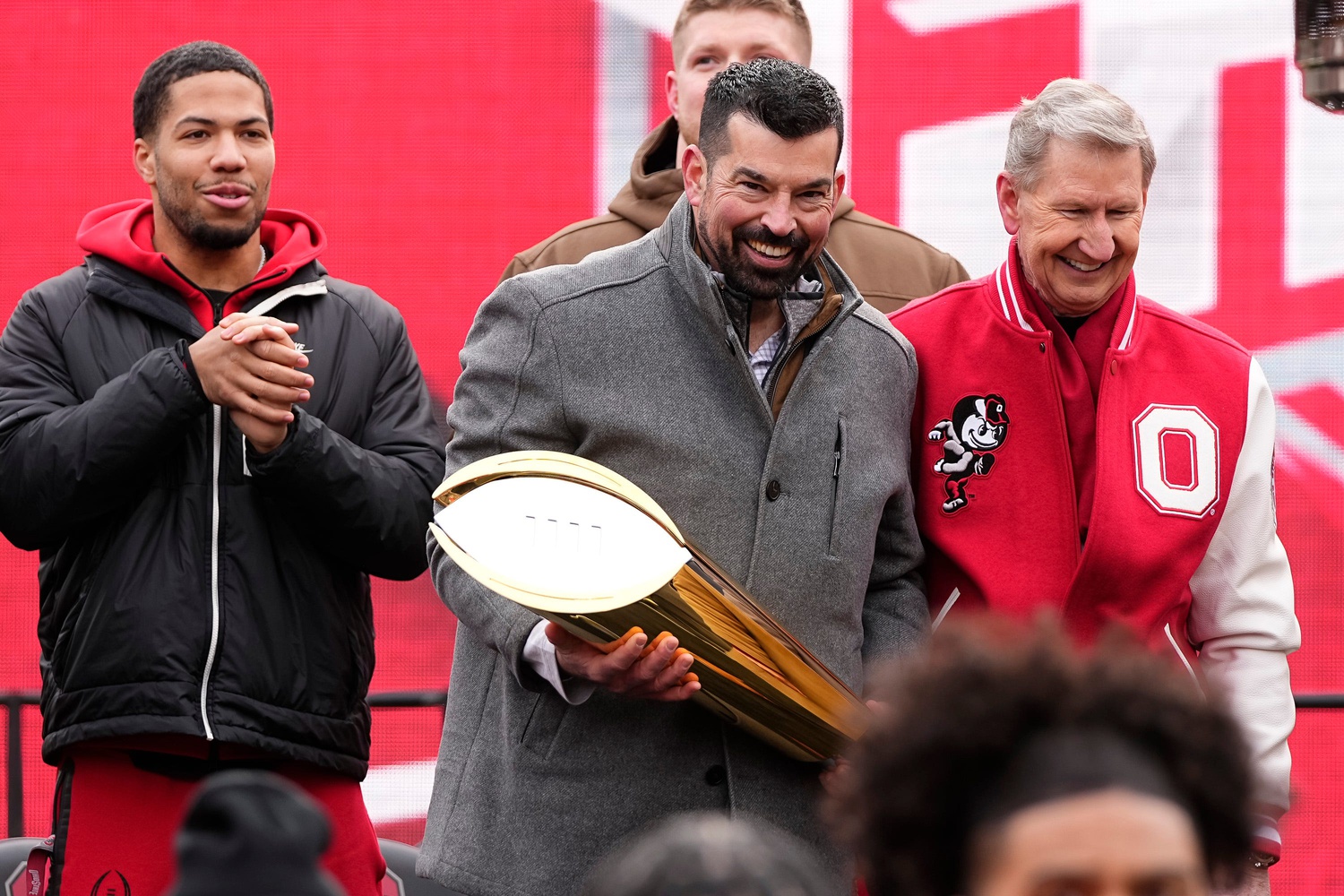The college athletics world is still reeling from federal Judge Claudia Wilken’s landmark ruling, which essentially gave colleges an NIL salary cap to spend on athletes.
Every Division I university will now be able to spend up to $20.5 million of its revenue share with its athletes. As On3’s Pete Nakos broke down, college football is going to receive roughly 75% of that $20.5 million, so the question is: How much money will it take to build a college football powerhouse?

Is College Football Officially Pay To Win?
If you take 75% of $20.5 million, you get roughly $15.4 million. That means college football programs will be spending over $15 million on their athletes, allowing schools to spend big-time money to build up their roster.
As college football analyst Adam Breneman pointed out, that $15 million mark is going to be what it takes to compete as a college football program for the next decade.
For the top-tier programs, this ruling changes very little on the surface — they were already operating like mini-NFL franchises. But now, it adds structure to the chaos and formalizes what many programs were already doing behind the scenes through collectives and NIL agreements.
View this post on Instagram.
While this may sound like an idea that could potentially even the playing field for smaller schools, it is not. The $20.5 million mark is only through revenue sharing, meaning that schools can pay players from the money that the school makes.
Schools like Alabama, Ohio State, and Texas, whose football programs alone bring in well over $100 million a year, will easily be able to pay their athletes big-time money.
However, smaller schools like Old Dominion, Florida Atlantic, and South Alabama, whose entire athletic department struggles to make $50 million, will have a harder time hitting that full $20.5 million mark.
This is where the competitive gap could widen. While the salary cap technically applies to all schools, the revenue base behind it isn’t equal. The rich can spend their full allotment and more through NIL collectives, while others will be forced to choose which sports — or athletes — get the biggest cut.
On top of the revenue-sharing market, boosters and other NIL collectives will still be spending money on college football, which Breneman says will add another $10 million in spending.
KEEP READING: 1 Breakout Player for All 136 Teams in the 2025 College Football Season
So, in short, college football teams that can use their full $15.4 million budget, as well as have top outside funding, will be able to build powerhouses under this new ruling. Expect most Power Four schools, if not all, to use that entire budget, and it will be interesting to see just how much this ruling changes the college football landscape.
College Sports Network has you covered with the latest news, analysis, insights, and trending stories in college football, men’s college basketball, women’s college basketball, and college baseball!

